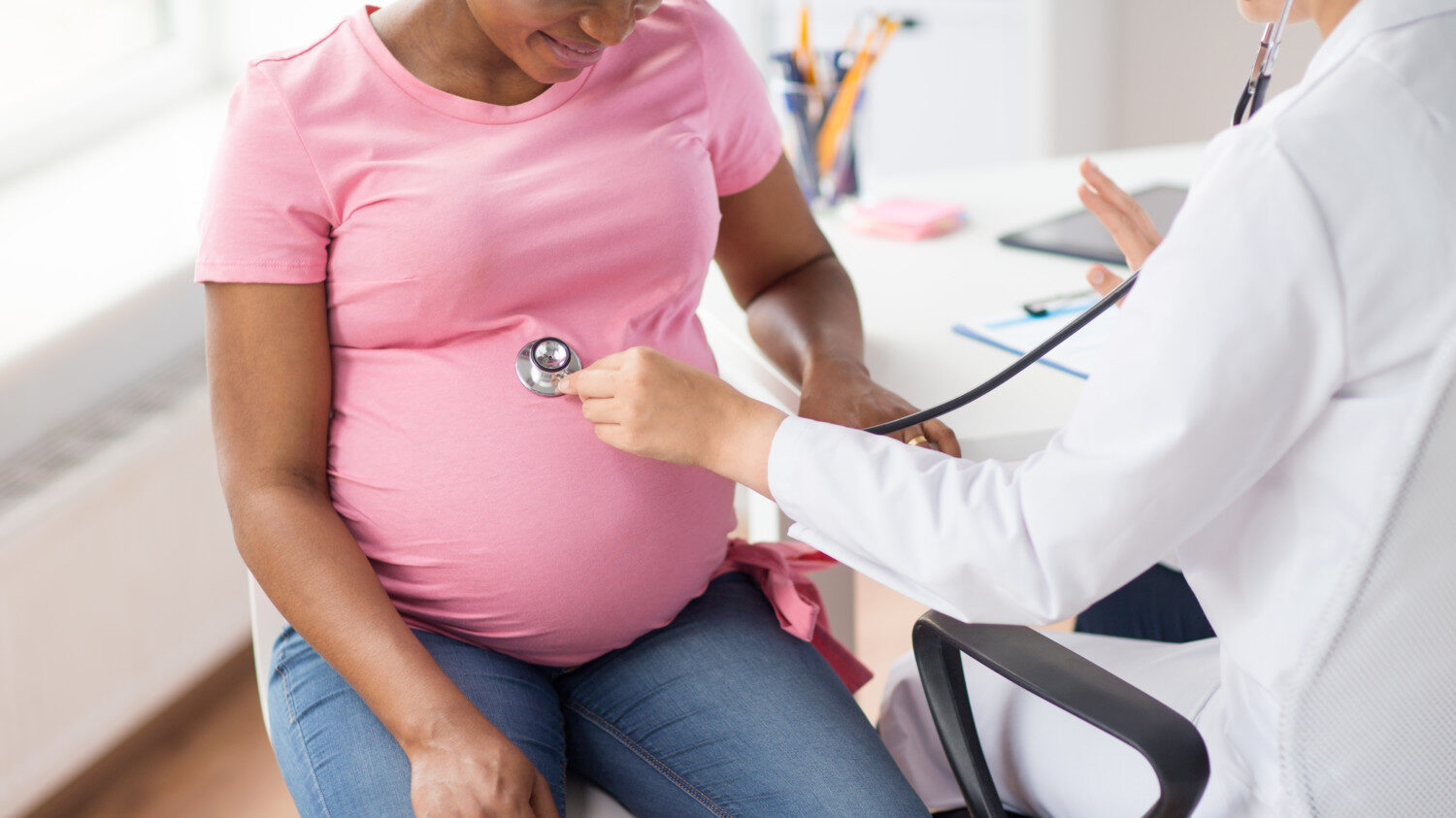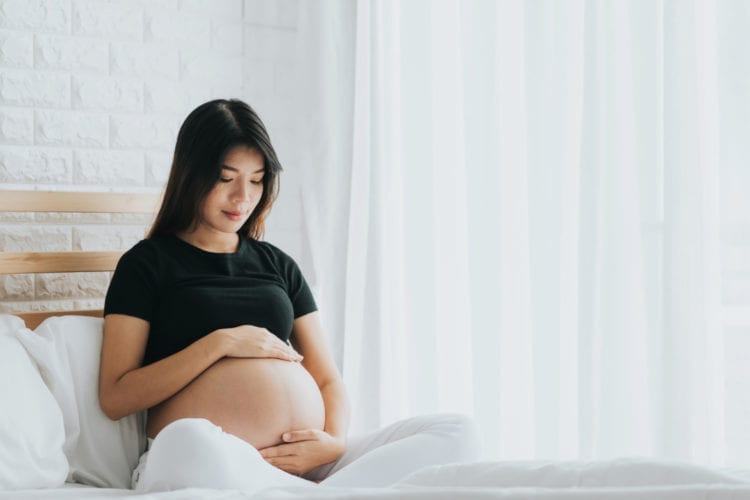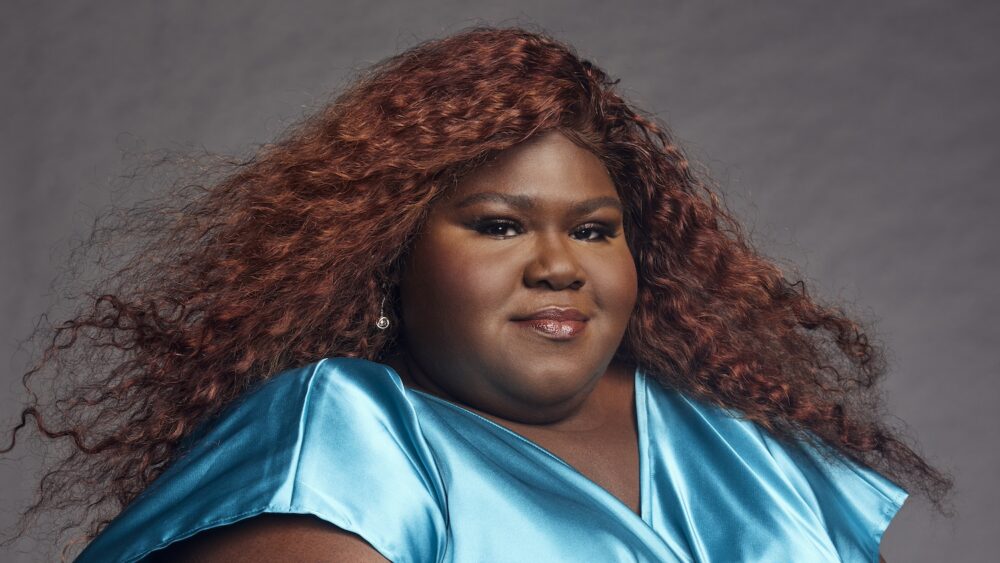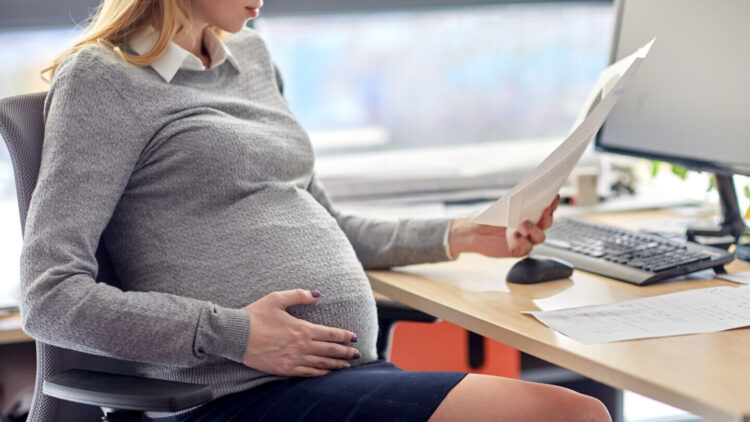A blood test can now predict preeclampsia in pregnant women

Preeclampsia is a disorder that can lead to high blood pressure and serious complications for expectant mothers, and there were few indicators that doctors could rely on to warn them of its onset – until recently. In May, the Food and Drug Administration approved a blood test that can accurately detect whether mothers are likely to suffer from the complication, giving physicians a jump on critical care.
The test was developed by Thermo Fisher Scientific Inc. and had been already used for several years in Europe. Reuters reported in May on the company’s FDA approval, which allows for the blood test to be used in U.S. hospitals. Preeclampsia can begin sometime around the 20th week of pregnancy or can even manifest after the baby has been delivered. The Thermo Fisher test is intended for women who have already been hospitalized for blood pressure irregularities and, among those women, it can detect signs of imminent preeclampsia with 96 percent accuracy, according to the New York Times.
Prior to this blood test, doctors had little to go on when it came to identifying the disorder. Warning signs of preeclampsia can include vague symptoms like nausea, headaches and shortness of breath, and some mothers may experience no symptoms at all. If doctors suspect the disease in pregnant women, the usual treatment is to deliver the baby early. In extreme cases, complications can result in eclampsia, a condition that can lead to seizures and even death. Preeclampsia can even have long-term consequences such as increased risk of kidney disease and hypertension, both for the mother and her child.
MORE: This new federal law protects pregnant workers
“Women who have preeclampsia are at higher risk for short-term and long-term hypertensive disorders and cardiovascular disease for the remainder of their lives,” said Sarosh Rana, the chief of maternal-fetal medicine at the University of Chicago Medicine and the author of more than 100 papers examining the usage of biomarkers to predict preeclampsia, in a University of Chicago statement last month.
Doctors hope the test can provide better health outcomes for women across the board, with preeclampsia occurring in one out of 25 American pregnancies in varying levels of severity. But Rana noted that the development is particularly good news for Black women, who are 60% more likely to develop the condition during pregnancy than white women and have much higher rates of complications from the illness. Johns Hopkins University reports Black women are up to four times more likely to die from pregnancy-related complications such as preeclampsia.
The Thermo Fisher Scientific test’s approval came on the heels of a study that examined more than 1,000 pregnant women in 18 United States hospitals. This research, which identified imbalances in two key proteins among women who developed severe cases of preeclampsia, led to the development of the blood test that can now be used both to identify women at high risk and to clear mothers who are less susceptible to the disorder.
Eleni Tsigas, CEO of the Preeclampsia Foundation, hailed the breakthrough, saying: “Patients and providers will benefit from having better tests to predict progression to preeclampsia with severe features, especially for those patients at risk of severe, early-onset disease or for whom there is some diagnostic uncertainty. Our organization celebrates this result after many years of advocacy with leaders in research and regulatory bodies, such as the FDA, to accelerate the development and adoption of better clinical tools.”






